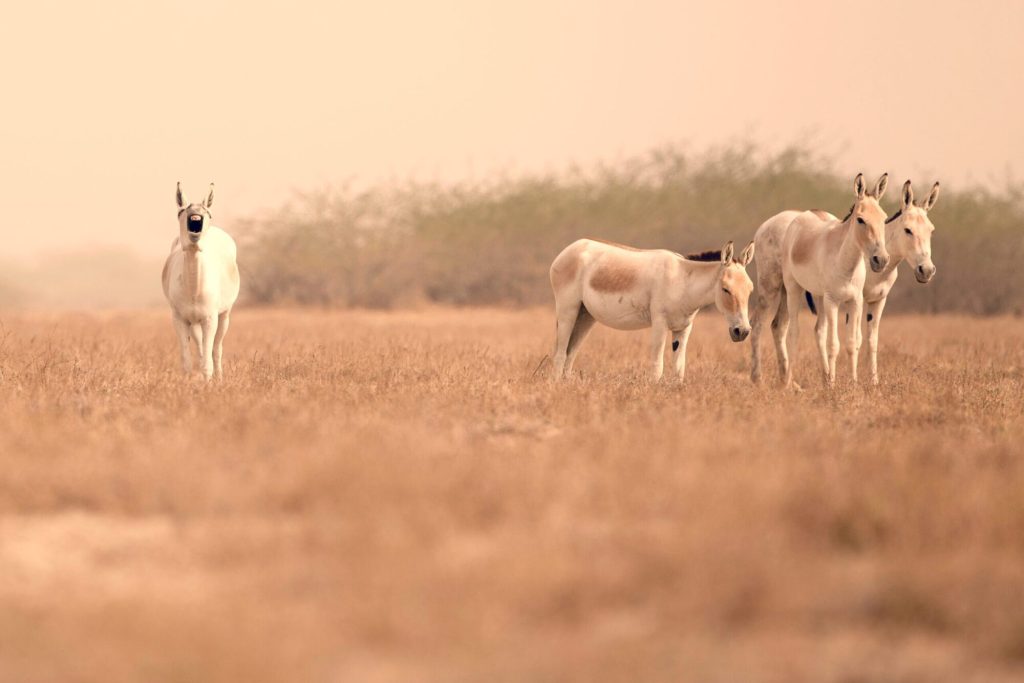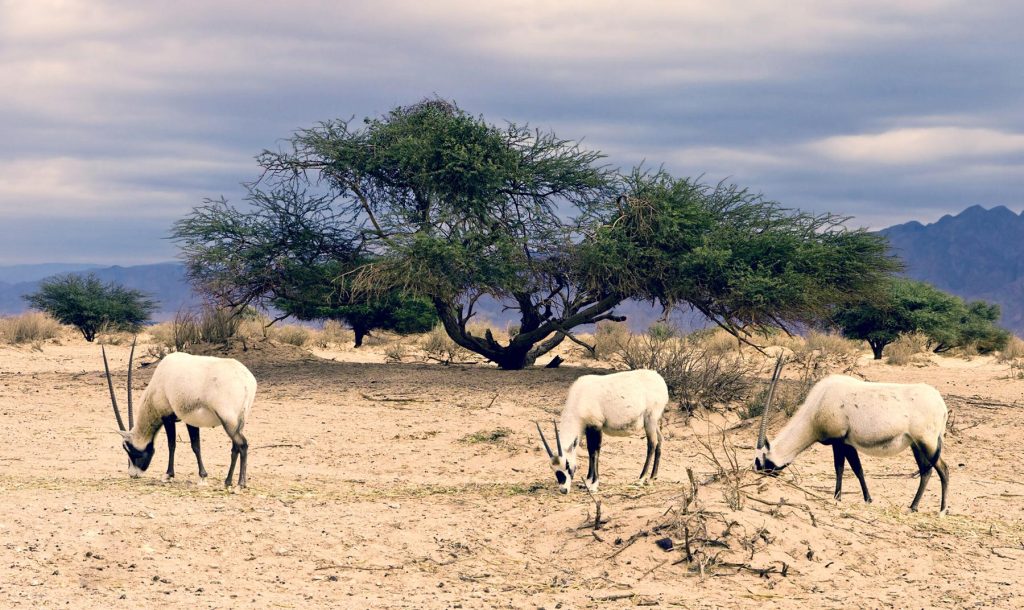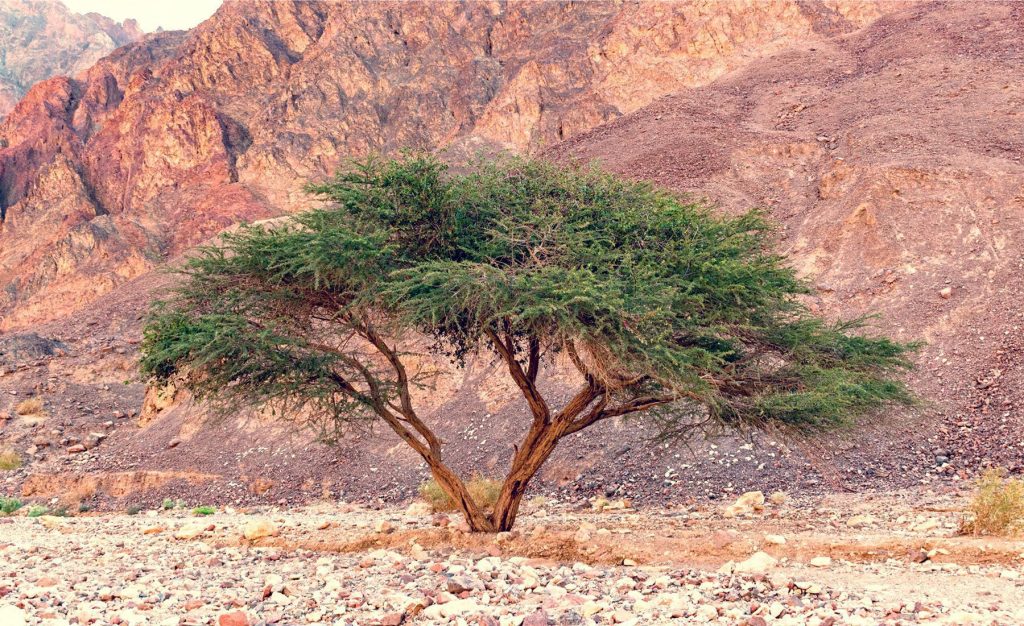In this post, we would get to know a little about the wildlife in the Arava Valley. Even Though the Arava is arid and there is little rain. Still, there is plenty of interesting flora and fauna across this wilderness. The Arava is a long and narrow valley running from the southern tip of the Dead Sea to the Bay of Eilat and it divides the Edom Mountain Range in the east from the Negev and Eilat Mountains in the west.
The Arava is located in the Saharo – Arabian Region and has an extreme desert climate. The most prominent feature of the region is the continuous lack of water; which stems from the low level of precipitation and very few permanent sources of water. The high summer temperatures and the strong radiation cause evaporation, and in many places, the saline content of the soil is very high. There is also a huge variation between night and day temperatures and between summer and winter.
Wildlife In The Arava Valley: Survival Against All Odds
Given that the environment is allegedly not friendly to animals, we would expect that these difficulties would limit the number of animals and species that can live in the desert. However, a comparison with the number of animal species that live on a regular basis in Galilee provides interesting results. Tests reveal that out of 98 mammal species that live in Israel, in the Upper and Lower Galilee there are 53 species, while 46 species of mammals live in the Arava on a regular basis. Out of 91 species of reptiles that live in Israel, 33 are found in Galilee Region and the same number of reptile species are found in the Arava.
Wildlife In The Arava Valley: Onager
Asiatic Wild Ass or Onagers are the most horse-like of wild asses. They are short-legged compared to horses, and their coloring varies depending on the season. They are generally reddish-brown in color during the summer; becoming yellowish-brown or grayish-brown in the winter. They have a black stripe bordered in white that extends down the middle of the back. The belly, the rump, and the muzzle are white in most onagers.
In 1968, eleven individuals of Persian and Turkmen Onager were brought to Israel from Iran in exchange for 20 Israeli deer. The herd was released in the Yotvata Hai-Bar Nature Reserve and acclimatized with great success. The process of returning to nature began in 1982 near Ein Saharonim in the Ramon Crater; and within a decade, 14 wild pairs living on an area of 3,500 square kilometers were released.
The Wild Ass is mentioned a couple of times in the Bible. For example in Jeremiah 14:
“Wild donkeys stand on the barren heights and pant like jackals; their eyes fail for lack of food”
Wildlife In The Arava Valley: Arabian Oryx
Arabian Oryx is a medium-sized antelope with a distinct shoulder bump; long; straight horns, and a tufted tail. Historically, the Arabian oryx probably ranged throughout most of the Middle East. In the early 1800s, they could still be found in the Sinai; Israel; the Transjordan, much of Iraq, and most of the Arabian Peninsula. During the 19th and early 20th centuries; their range was pushed back towards Saudi Arabia, and by 1914; only a few survived outside that country.
Arabian oryx prefer to range in gravel desert or hard sand, where their speed and endurance will protect them from most predators; as well as most hunters on foot. In the sand deserts in Saudi Arabia, they used to be found in the hard sand areas of the flats between the softer dunes and ridges.
The Arabian oryxes live in one of the driest habitats on earth, and shows an impressive adaptation to desert conditions: it does not need much water and can live for months on end without drinking when it gets the little moisture it needs from its vegetarian food. To keep his fluids the Arabian oryxes is active mainly at night and during the day he rests in a dimple he digs for himself or in the shade of a tree. The Arabian oryx usually live in a herd, which varies in size depending on food availability and season.
Wildlife In The Arava Valley: Reinsetaion to the Wild
The Arabian oryx was completely extinct in Israel and was returned back to the wild in 1978 with the help of the Wildlife Association; which purchased four pairs of white rams at a cost of $ 15,000 per item. The Arabian oryx was released in Hai-Bar Yotvata and today their number in the wild reaches 200. So that Israel is a unique attraction for nature lovers and researchers who are interested in watching Arabian oryx in his natural environment. Arabian oryx in Israel are found mainly in the Arava Region; although since 2014 liberations have begun in other areas of the Negev and they roam the entire area between Eilat and Ramon Crater.
Wildlife In The Arava Valley: Middle Eastern Short-Fingered Gecko
Another interesting animal we can find in the Arava, especially in the Sand Dunes of Samar and In Timna Valley. Sadly these days the little lizard is in danger of extinction since its habitat was dramatically diminished.
Wildlife In The Arava Valley: Umbrella Thorn Acacia
This cool looking tree is also known as Israeli babool. Timber from the tree is used for furniture; wagon wheels; fence posts; cages, and pens. Furthermore, the wood was also used exclusively by the Israelites in the Old Testament in the building of the tabernacle and the tabernacle furniture; including the Ark of the Covenant. The pods and foliage; which grow prolifically on the tree, are used as fodder for desert grazing animals.
The Umbrella Thorn Acacia is also an important species for rehabilitation of degraded arid land; it tolerates drought, wind, salinity, and a wide range of soil types, and has the additional benefit of fixing nitrogen – an essential plant nutrient – in the soil via its interaction with symbiotic root bacteria.








